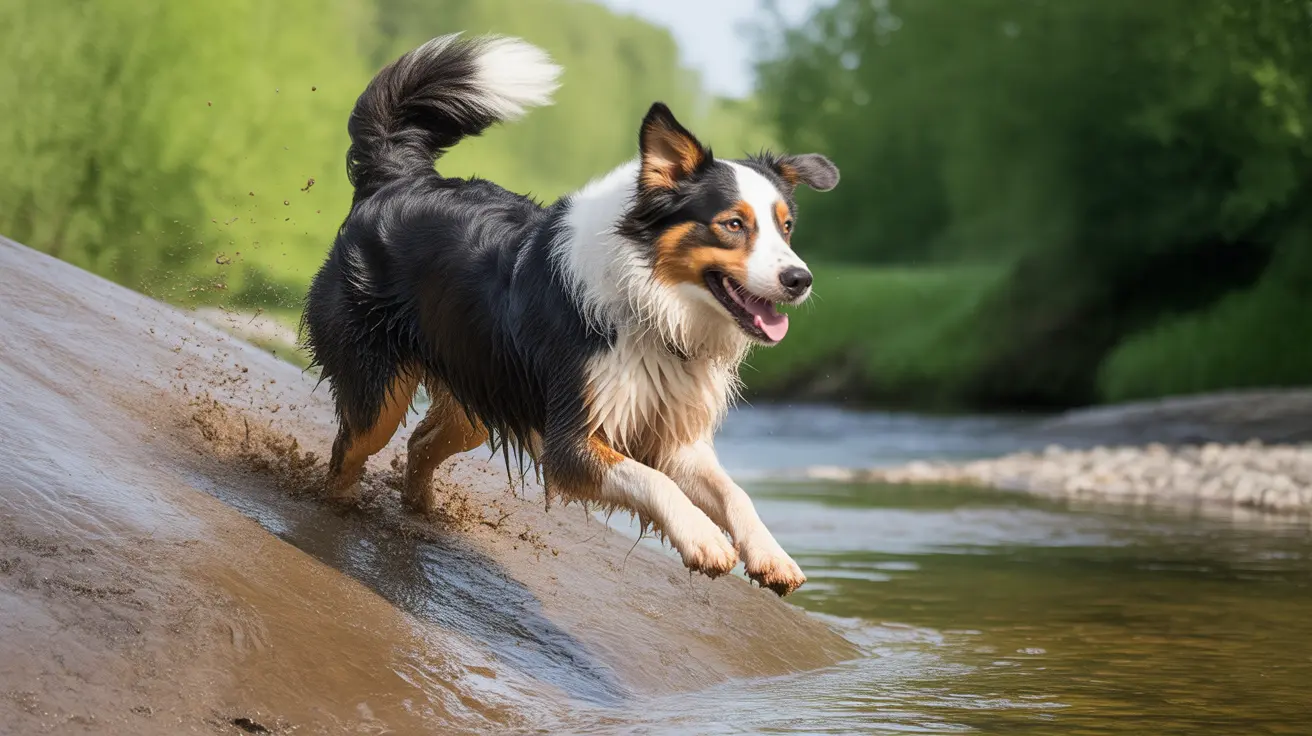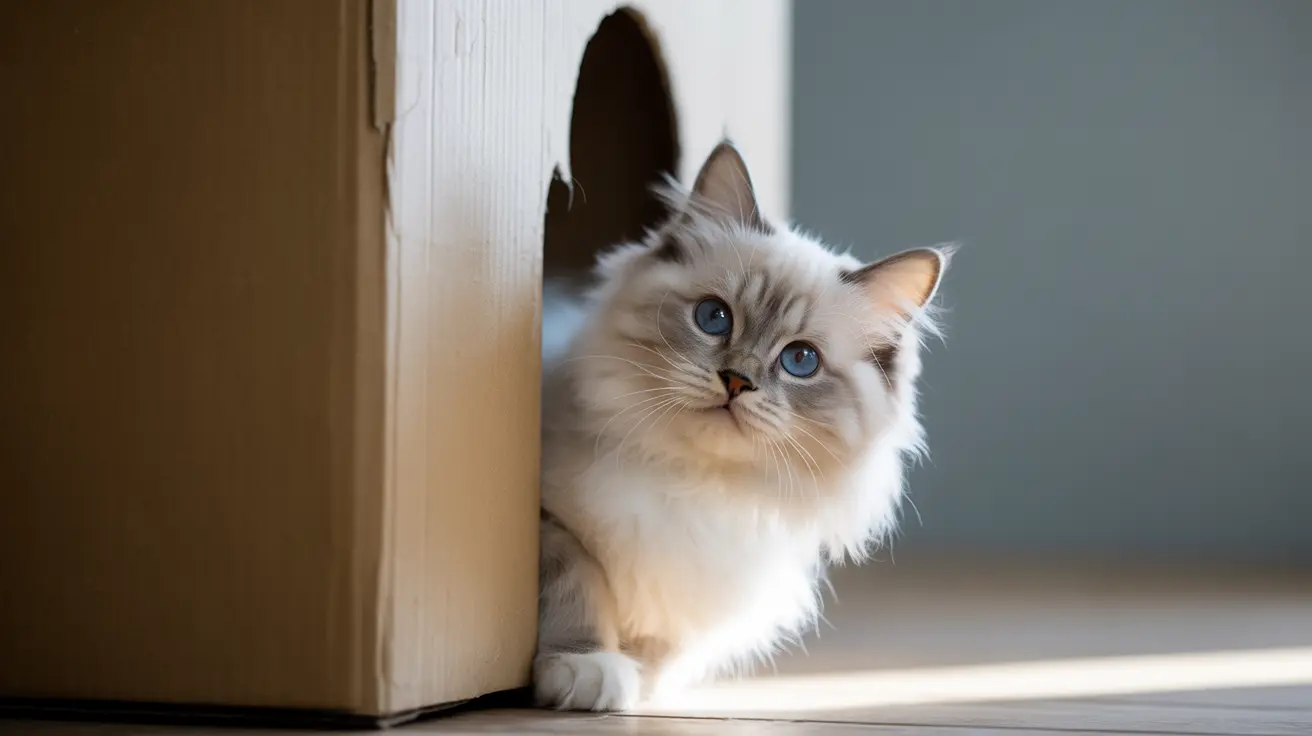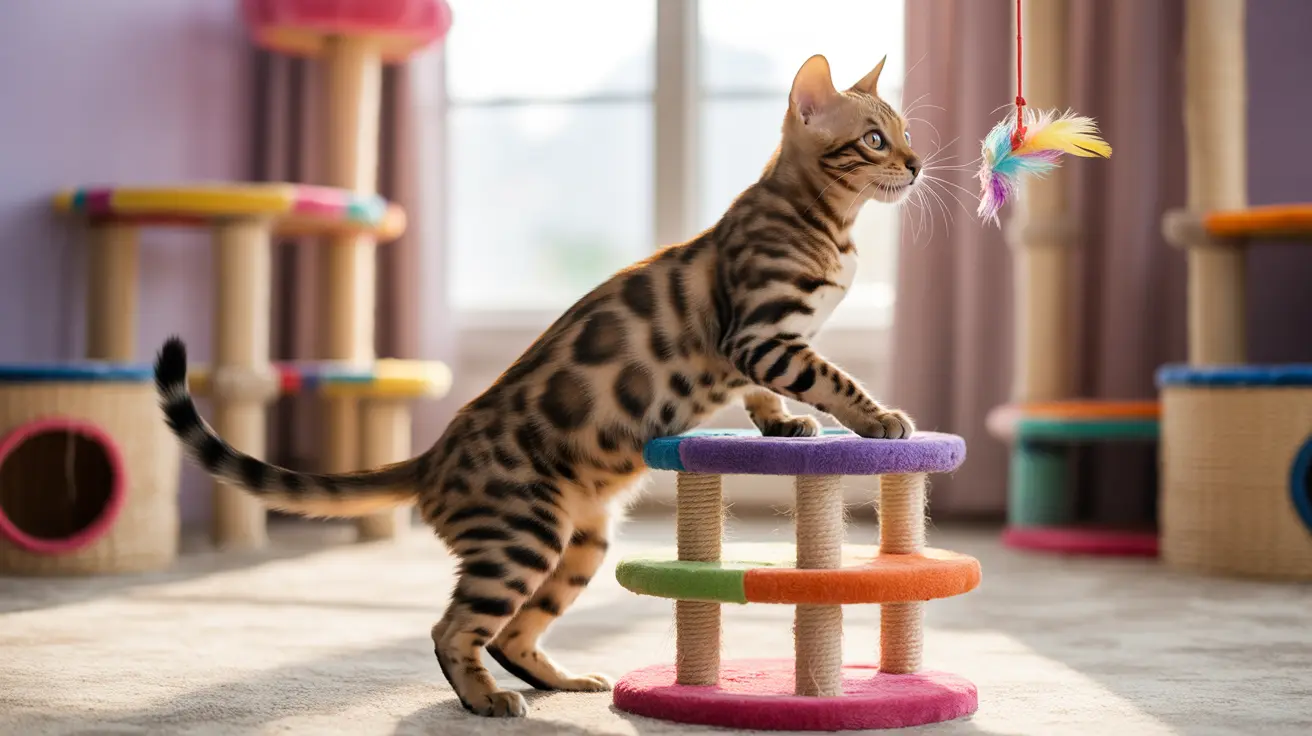What Are Cat Kisses?
When we think of kisses, we typically imagine the human version. However, cats have their own unique way of showing affection - through what's commonly known as cat kisses or head bunting. This endearing behavior occurs when your feline friend gently bumps or rubs their head against you, another cat, or even objects in your home.
This seemingly simple gesture is actually a complex form of communication that carries deep meaning in the feline world. Understanding cat kisses can help strengthen the bond between you and your furry companion while providing fascinating insights into feline behavior.
The Science Behind Cat Kisses
Cat kisses involve more than just physical contact. Your cat's head contains specialized scent glands located on their cheeks, chin, and forehead. When they headbutt or "bunt," these glands release pheromones - chemical signals that are invisible to humans but carry important messages to other cats.
These pheromones serve multiple purposes, from marking territory to creating a shared family scent that helps cats identify members of their social group. When your cat gives you a head bunt, they're essentially marking you as part of their trusted inner circle.
Why Do Cats Give Head Bunts?
Showing Affection and Trust
The primary reason cats engage in head bunting is to express affection and trust. When a cat offers you this gesture, they're displaying vulnerability by putting their face and head close to yours - a significant sign of confidence in the feline world.
Creating a Shared Scent Profile
Cats use head bunting to create a communal scent among family members, both feline and human. This behavior helps establish a familiar, comforting environment where all members share a similar scent signature.
Marking Territory
While marking territory is part of the head bunting behavior, it's done in a friendly, social way rather than the more aggressive territorial marking associated with spraying. Your cat is essentially saying, "This human belongs to me, but in a good way!"
How to Respond to Cat Kisses
When your cat offers you a head bunt, the best response is gentle reciprocation. You can softly pet them or even carefully return the gesture with a gentle lean of your head. This reinforces the bond and shows your cat that you accept and appreciate their display of affection.
Consistency in your response helps strengthen your relationship with your cat. However, always respect their boundaries and let them initiate these intimate moments of connection.
Warning Signs to Watch For
While head bunting is typically a positive behavior, it's important to distinguish it from concerning behaviors like head pressing. If your cat forcefully and continuously presses their head against walls or furniture, this could indicate a medical issue requiring immediate veterinary attention.
Frequently Asked Questions
What does it mean when my cat headbutts me—is it a sign of affection?
Yes, when your cat headbutts you, it's primarily a sign of affection and trust. They're marking you as part of their family group and showing that they feel safe with you.
How do cats use scent marking through headbutting, and what does it achieve?
Cats release pheromones through scent glands in their heads during headbutting. This creates a shared scent profile among family members and marks territory in a social, non-aggressive way.
How should I respond to my cat's headbutts to strengthen our bond?
Respond with gentle petting or careful reciprocation of the gesture. Stay consistent with positive responses to reinforce the behavior and strengthen your bond.
Can headbutting be a sign of stress or anxiety in cats instead of affection?
While headbutting is typically a positive behavior, changes in frequency or intensity might indicate stress. If accompanied by other unusual behaviors, consult your veterinarian.
How can I encourage my cat to headbutt me more often if they rarely do it?
Build trust gradually through positive interactions, respect their space, and reward affectionate behavior with gentle pets and treats. Never force physical interaction - let your cat initiate contact at their own pace.
Conclusion
Cat kisses through head bunting represent one of the most sincere forms of feline affection. By understanding this behavior, you can better appreciate your cat's displays of trust and love while responding in ways that strengthen your bond. Remember that each cat is unique, and their comfort with physical affection may vary - always respect their individual preferences and boundaries.






